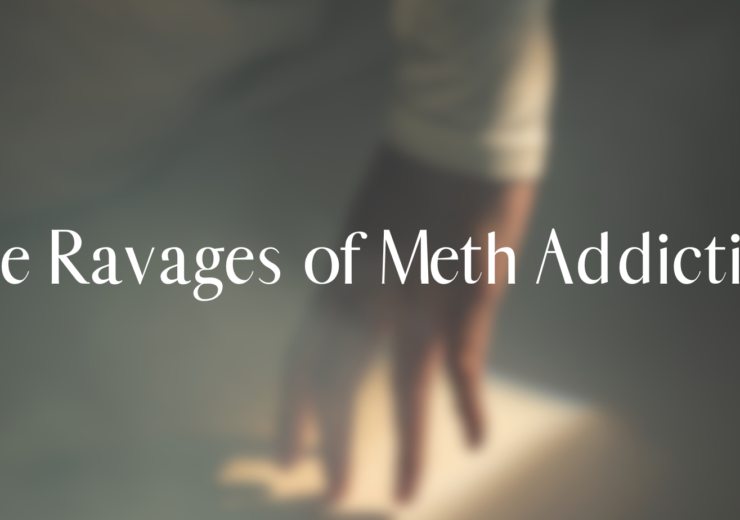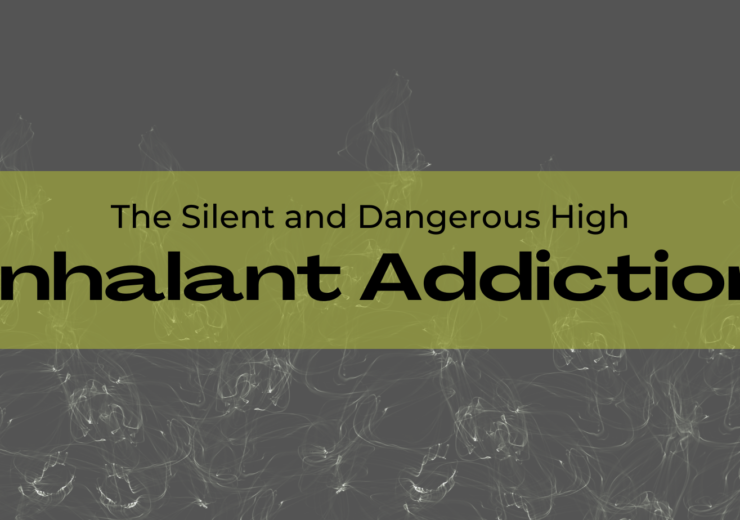Sobriety and Wellness: Rebuilding a Healthy Lifestyle After Substance Abuse
Embarking on the journey of recovery from substance abuse is like scaling a mountain. It’s challenging, sometimes treacherous, but ultimately rewarding. For those who have faced the depths of addiction, the path to rebuilding a healthy lifestyle can seem daunting. However, with the right tools, support, and mindset, it’s entirely possible to transform your life and achieve lasting wellness. This guide is designed for recovering addicts and their supportive families, offering a roadmap to navigate the complex terrain of sobriety and wellness. We’ll explore practical strategies, share inspiring insights, and provide valuable resources to help you or your loved one build a fulfilling, substance-free life. Whether you’re just starting your recovery journey or looking to reinforce your commitment to sobriety, you’ll find actionable advice to support your path to wellness. The journey to sobriety begins with recognizing the need for change and taking those crucial first steps. This initial phase of recovery is often the most challenging, but it’s also the most transformative. Detoxification is typically the first hurdle in the recovery process. It’s the body’s way of cleansing itself from harmful substances and can be physically and emotionally taxing. Many find that medical supervision during this phase can ease the process and ensure safety. Following detox, counseling and therapy play a vital role in addressing the root causes of substance abuse. Individual therapy sessions provide a safe space to explore personal issues, while group therapy offers the opportunity to connect with others facing similar challenges. These therapeutic interventions help individuals develop coping mechanisms and build a strong foundation for long-term recovery. Support groups, such as Alcoholics Anonymous or Narcotics Anonymous, offer a community of understanding and encouragement. These groups provide a platform for sharing experiences, gaining insights, and finding strength in collective recovery efforts. Remember, seeking substance abuse help near me is a sign of strength, not weakness. It’s the first step towards reclaiming control over your life and health. Identifying and managing triggers is a critical skill in maintaining long-term sobriety. Triggers can be people, places, things, or emotions that evoke a desire to use substances. Understanding your personal triggers and developing strategies to cope with them is essential for preventing relapse. Start by creating a list of your known triggers. These might include stress, certain social situations, negative emotions, or specific locations associated with past substance use. Once identified, develop a plan for each trigger. This could involve avoiding certain situations, practicing stress-reduction techniques, or having a support person to call when you feel vulnerable. Stress management is particularly important in relapse prevention. Explore various stress-reduction techniques such as deep breathing, progressive muscle relaxation, or engaging in hobbies that you find relaxing and fulfilling. Developing healthy coping mechanisms is crucial. When faced with challenging emotions or situations, having alternative ways to cope – such as journaling, talking to a friend, or engaging in physical activity – can prevent a return to substance use. Remember, experiencing cravings or having thoughts about using doesn’t mean you’ve failed. These are normal parts of the recovery process. The key is how you respond to these thoughts and feelings. Having a solid plan and support system in place can help you navigate these challenges successfully. As you continue on your journey of recovery, it’s important to focus not just on avoiding substances, but on building a fulfilling, purpose-driven life. This involves setting goals, pursuing passions, and continually working on personal growth. Consider exploring new interests or revisiting old hobbies that may have been neglected during active addiction. Engaging in activities that bring joy and a sense of accomplishment can significantly enhance your quality of life and reinforce your commitment to sobriety. If you’re struggling with substance abuse or supporting a loved one in recovery, know that help is available. Reach out to Emmaus Medical and Counseling, we specialize in addiction treatment and your road to a better life. Remember, seeking substance abuse is a brave and crucial step towards reclaiming your life and health. Your journey to wellness is uniquely yours, but you don’t have to walk it alone. With the right support, tools, and mindset, you can build a life of lasting sobriety, health, and happiness. The First Steps: Laying the Foundation for Recovery
Strategies for Relapse Prevention
Embracing a Life of Wellness and Growth
Contact Emmaus Medical and Counseling












